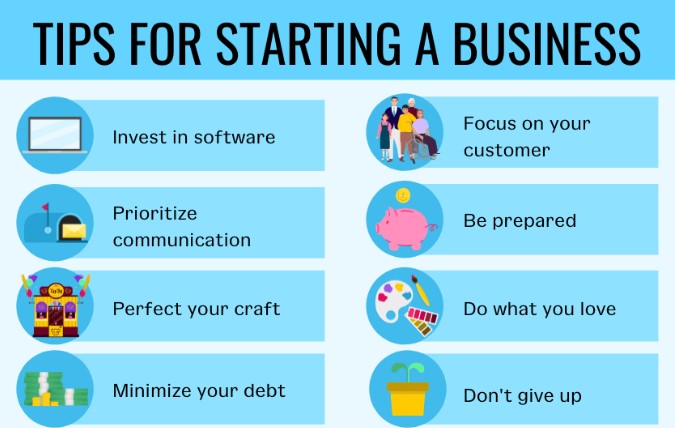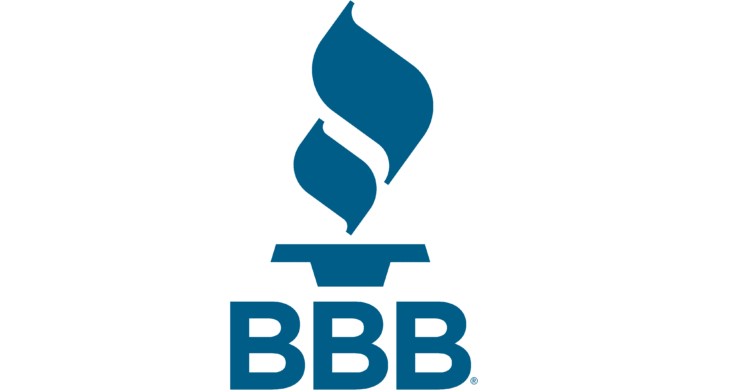Automating your online business can help streamline operations, increase efficiency, and free up time for strategic activities. Here are some ways you can automate your online business.
Customer Relationship Management (CRM) Use CRM software to automate customer interactions, track leads, manage customer data, and streamline sales processes. Utilize email marketing tools to set up automated email campaigns, such as welcome emails, abandoned cart reminders, and personalized product recommendations. Employ social media management tools to schedule posts, monitor mentions, and engage with your audience across different platforms.
Use content management systems like WordPress to automate the publication of blog posts, articles, or other types of content. Utilize analytics tools to automatically collect and analyze data from your website, social media, and other sources, generating reports that provide insights into customer behavior, sales performance, and marketing effectiveness.
What Automation Means for Online Business:
Automation in online business refers to the use of technology and software to perform tasks and processes automatically, without the need for manual intervention. It involves streamlining and optimizing business operations by leveraging tools, systems, and algorithms to handle repetitive, time-consuming, and error-prone tasks. Here’s what automation means for online businesses:
Automation eliminates manual and repetitive tasks, allowing businesses to accomplish more in less time. It frees up resources, reduces human error, and enables employees to focus on higher-value activities that require creativity, problem-solving, and strategic thinking. By automating various processes, online businesses can increase their productivity levels. Automation enables tasks to be completed faster and more consistently, resulting in greater output and overall efficiency.
Example of Business Automation:
One example of business automation is automating the order fulfillment process in an online store. Here’s how it works:
When a customer places an order on the website, the information is automatically captured and stored in the system. The automated system checks the inventory levels in real-time to ensure that the ordered products are available. If the products are in stock, the system updates the inventory count accordingly. The system automatically processes the payment using a secure payment gateway, such as PayPal or Stripe, ensuring a smooth and secure transaction.
An automated order confirmation email is sent to the customer, providing details of the purchase, shipping information, and an order number. The system generates a shipping label with the customer’s shipping address and order details. This label can be printed directly from the system or integrated with a shipping service provider for automated label printing.
Point of Sale Software:
Point of Sale (POS) software is a computerized system that facilitates sales transactions, inventory management, and other business operations at the point of sale, typically in retail or hospitality environments. Here are some key features and functions of POS software:
POS software allows businesses to process sales transactions efficiently. It provides a user-friendly interface for entering product information, scanning barcodes, applying for discounts or promotions, and accepting various payment methods (cash, credit/debit cards, mobile payments, etc.). POS systems help businesses track and manage inventory in real time. They automatically update inventory levels when sales are made, generate purchase orders for restocking, and provide insights into stock levels, popular products, and sales trends.
How to automate your marketing:
Automating your marketing processes can help you save time, improve efficiency, and deliver targeted and personalized campaigns to your audience. Here are some steps to automate your marketing:
Define your marketing objectives and identify the specific areas where automation can help you achieve those goals. Whether it’s lead generation, nurturing, conversion, or customer retention, having clear goals will guide your automation efforts. Implement a CRM system to capture and organize customer data. This will serve as the foundation for personalized and targeted marketing automation.
Use an email marketing automation tool to set up automated email campaigns. This includes welcome emails, drip campaigns, abandoned cart reminders, and personalized product recommendations. Automated emails can be triggered based on specific actions or events, such as a user signing up for your newsletter or making a purchase.
Why Automate Your E-Commerce?
Automating your e-commerce operations can bring numerous benefits and advantages. Here are some reasons why you should consider automating your e-commerce business:
E-commerce automation can save you time and free up resources by automating repetitive and time-consuming tasks. This allows you and your team to focus on strategic activities such as online business growth, customer engagement, and product development. Automation simplifies and speeds up the order processing workflow. It enables automatic order confirmation emails, real-time inventory updates, automated payment processing, and seamless integration with shipping carriers. This improves operational efficiency and reduces the chances of errors or delays.
It’s important to note that while automation offers numerous benefits, it’s crucial to implement it thoughtfully and strike a balance between automation and maintaining a personalized touch. Assess your specific business needs, evaluate available automation tools and systems, and carefully plan and execute the automation process to maximize its advantages.










